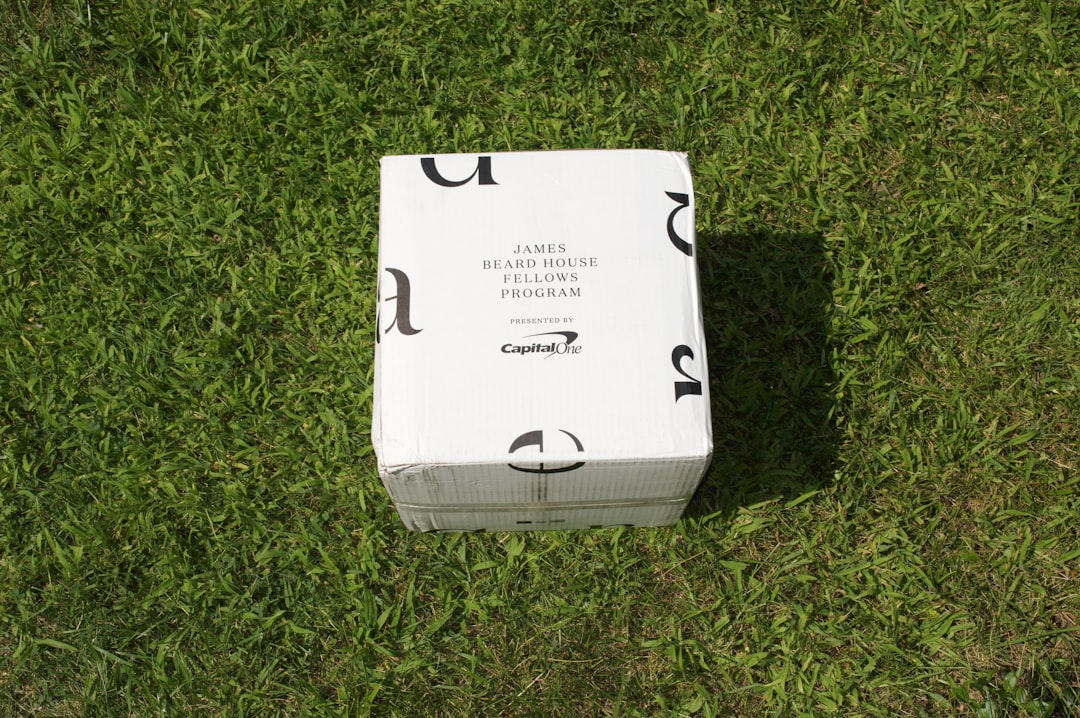As consumer awareness of sustainability grows, more companies are turning to eco-friendly packaging options to strengthen their commitment to the environment and meet customer expectations. For sustainable brands, packaging is more than a container—it is a visible reflection of their values. By choosing solutions that minimize environmental impact, businesses can reduce waste, conserve resources, and appeal to eco-conscious consumers.
Eco-friendly packaging refers to materials and designs that support sustainability throughout their lifecycle. These options are developed to be recyclable, biodegradable, compostable, or reusable, offering a wide range of possibilities for brands seeking to align their practices with green principles. With the right approach, packaging can become both a practical necessity and a statement of environmental responsibility.
One of the most widely adopted solutions is biodegradable packaging. Made from plant-based plastics, cornstarch blends, or other organic fibers, these materials break down naturally and leave minimal residue. This reduces landfill accumulation and provides brands with a responsible alternative for items ranging from food products to cosmetics.
Closely related are compostable packaging solutions, which are designed to decompose into natural, non-toxic components when placed in a composting environment. For businesses aiming to reduce their carbon footprint and contribute positively to the soil, compostable packaging offers a sustainable and customer-friendly option.
Recyclable packaging continues to be one of the most practical approaches for businesses worldwide. Using paper, cardboard, glass, or certain plastics, recyclable packaging requires fewer raw materials and less energy to produce compared with traditional alternatives. Encouraging customers to recycle these materials also supports the circular economy, giving packaging a second life rather than contributing to waste.
Another effective option is reusable packaging. This approach emphasizes durability and longevity, with products such as refillable jars, sturdy containers, and reusable shopping bags. By extending the lifespan of packaging, brands can significantly reduce their overall environmental footprint and foster stronger connections with eco-conscious customers.
Innovations in sustainable materials have further expanded the range of choices available. Bamboo, sugarcane fiber, recycled plastics, and other renewable resources provide businesses with high-performance packaging solutions that remain aligned with green initiatives. These materials not only reduce reliance on traditional plastics but also demonstrate a forward-thinking commitment to environmental stewardship.
Ultimately, eco-friendly packaging is more than a trend—it is an essential part of building a sustainable brand strategy. By adopting biodegradable, compostable, recyclable, reusable, and renewable materials, companies can meet growing consumer demand for environmentally responsible practices while strengthening their market position.
As brands refine their sustainability roadmap, perspectives like the ideas discussed here can help in evaluating packaging formats, materials, and long-term environmental impact—areas where partners such as SunTop Printing often provide practical guidance.
In conclusion, businesses that invest in eco-friendly packaging options are not only reducing their environmental impact but also creating meaningful value for customers who care about the planet. For sustainable brands, packaging is a powerful opportunity to combine functionality with responsibility, reinforcing their role as leaders in the shift toward a greener future.
